Osmanthus : To prune or repot?
Just Started(Sydney)
5 years ago
Featured Answer
Comments (44)
Just Started(Sydney)
5 years agoRelated Professionals
Arlington Landscape Contractors · Boca Raton Landscape Contractors · Indianapolis Landscape Contractors · Sun City Center Landscape Contractors · North Hills Landscape Contractors · Bloomington Landscape Contractors · Canby Landscape Contractors · East Patchogue Landscape Contractors · Brooklyn Center Solar Energy Systems · Coachella Solar Energy Systems · Decatur Window Contractors · Fountain Hills Fence Contractors · Germantown Fence Contractors · League City Fence Contractors · Whitman Fence ContractorsJust Started(Sydney)
5 years agoJust Started(Sydney)
5 years agoarthurm2015
5 years agoTreegeek Z6a (Boston)
5 years agogardengal48 (PNW Z8/9)
5 years agofloral_uk z.8/9 SW UK
5 years agolast modified: 5 years agoTreegeek Z6a (Boston)
5 years agoJust Started(Sydney)
5 years agoJust Started(Sydney)
5 years agotropicofcancer (6b SW-PA)
5 years agoarthurm2015
5 years agofloral_uk z.8/9 SW UK
5 years agotropicofcancer (6b SW-PA)
5 years agoTreegeek Z6a (Boston)
5 years agotropicofcancer (6b SW-PA)
5 years agoTreegeek Z6a (Boston)
5 years agogardengal48 (PNW Z8/9)
5 years agoTreegeek Z6a (Boston)
5 years agoarthurm2015
5 years agoTreegeek Z6a (Boston)
5 years agogardengal48 (PNW Z8/9)
5 years agoTreegeek Z6a (Boston)
5 years agotropicofcancer (6b SW-PA)
5 years agoJust Started(Sydney)
5 years agolast modified: 5 years agofloral_uk z.8/9 SW UK
5 years agoJust Started(Sydney)
5 years agofloral_uk z.8/9 SW UK
5 years agotropicofcancer (6b SW-PA)
5 years agoJust Started(Sydney)
5 years agotropicofcancer (6b SW-PA)
5 years agoJust Started(Sydney)
5 years agolast modified: 5 years agoJust Started(Sydney)
5 years agotropicofcancer (6b SW-PA)
5 years agoJust Started(Sydney)
5 years agotropicofcancer (6b SW-PA)
5 years agoJust Started(Sydney)
5 years agoJust Started(Sydney)
5 years agoJust Started(Sydney)
3 years ago
Related Stories

HOUSEPLANTS8 Essentials for Healthy Indoor Plants
Houseplants add so much to our homes — and can thrive when grown in the right conditions. Keep these tips in mind
Full Story
GARDENING GUIDESTop Cold-Hardy Evergreens for Container Gardens
These tough beauties look good year-round and add consistency to container arrangements
Full Story
ARTThe Beauty of Bonsai — Living Art, Rooted in Harmony
Create your own emblem of nature's balance with an art form dating back 1,000 years
Full Story
GARDENING GUIDES5 Best-Behaved Trees to Grace a Patio
Big enough for shade but small enough for easy care, these amiable trees mind their manners in a modest outdoor space
Full Story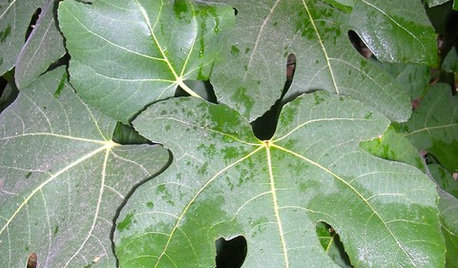
GARDENING GUIDESGreat Design Plant: Common Fig
A full form and delicious fruits make this Middle Eastern tree a favorite in gardens around the world
Full Story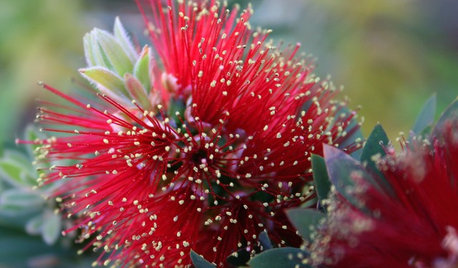
GARDENING GUIDESGreat Design Plant: Velvety Dwarf Bottlebrush Beckons a Touch
Brilliant red blooms and inviting textures will capture your heart, but the low maintenance and small size will win over your practical side
Full Story
LANDSCAPE DESIGNPretty Trees for Patios, Paths and Other Tight Spots
Choose trees for their size, shape and rate of growth — or shape them to fit your space. Here's how to get started
Full Story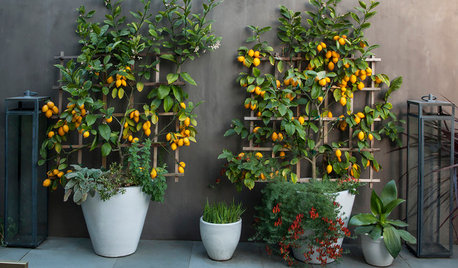
TREES10 Top Trees to Grow in Containers
These container-friendly trees make great specimens for pots on the patio or marking an entrance
Full Story
GARDENING GUIDESCommon Myths That May Be Hurting Your Garden
Discover the truth about fertilizer, soil, staking and more to keep your plants healthy and happy
Full Story
HOUSEPLANTSPlay Up Some Fiddleleaf Figs for a Lively Indoor Tune
Strike a dramatic chord in a minimalist scene or a country note in a rustic setting — fiddleleaf fig plants harmonize with any style
Full Story







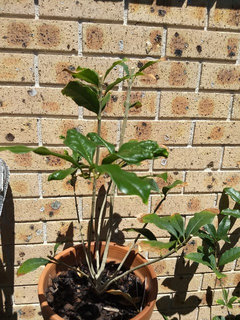
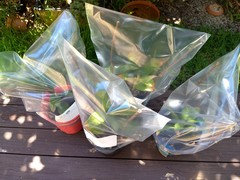







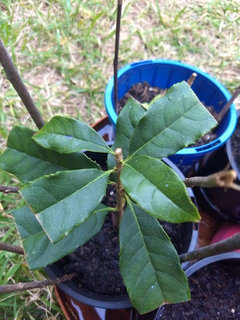
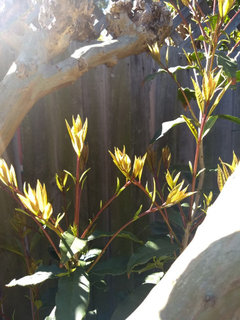
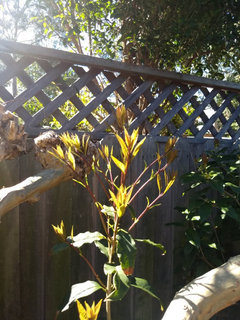

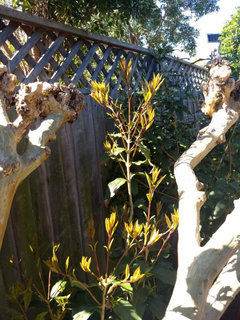
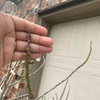
floral_uk z.8/9 SW UK